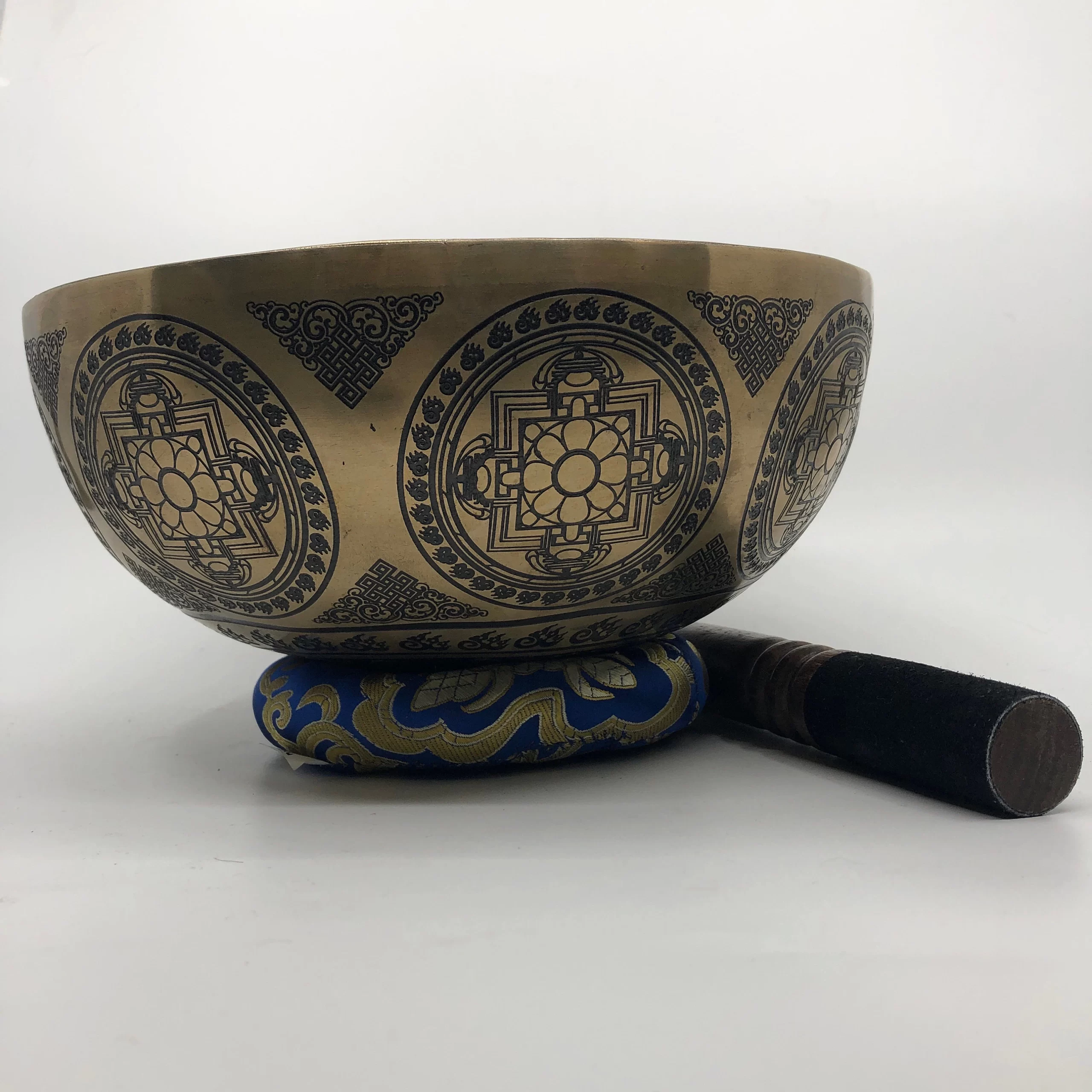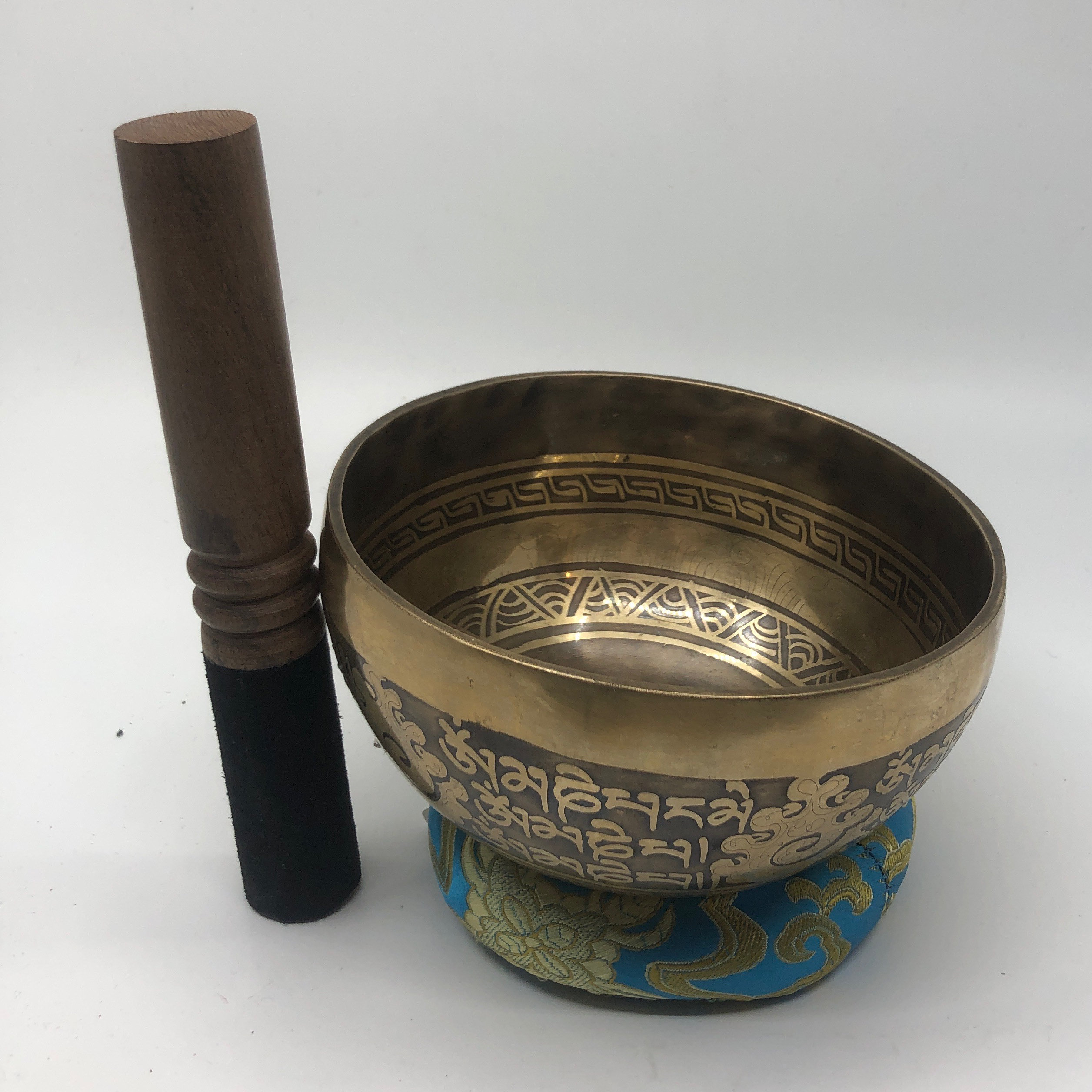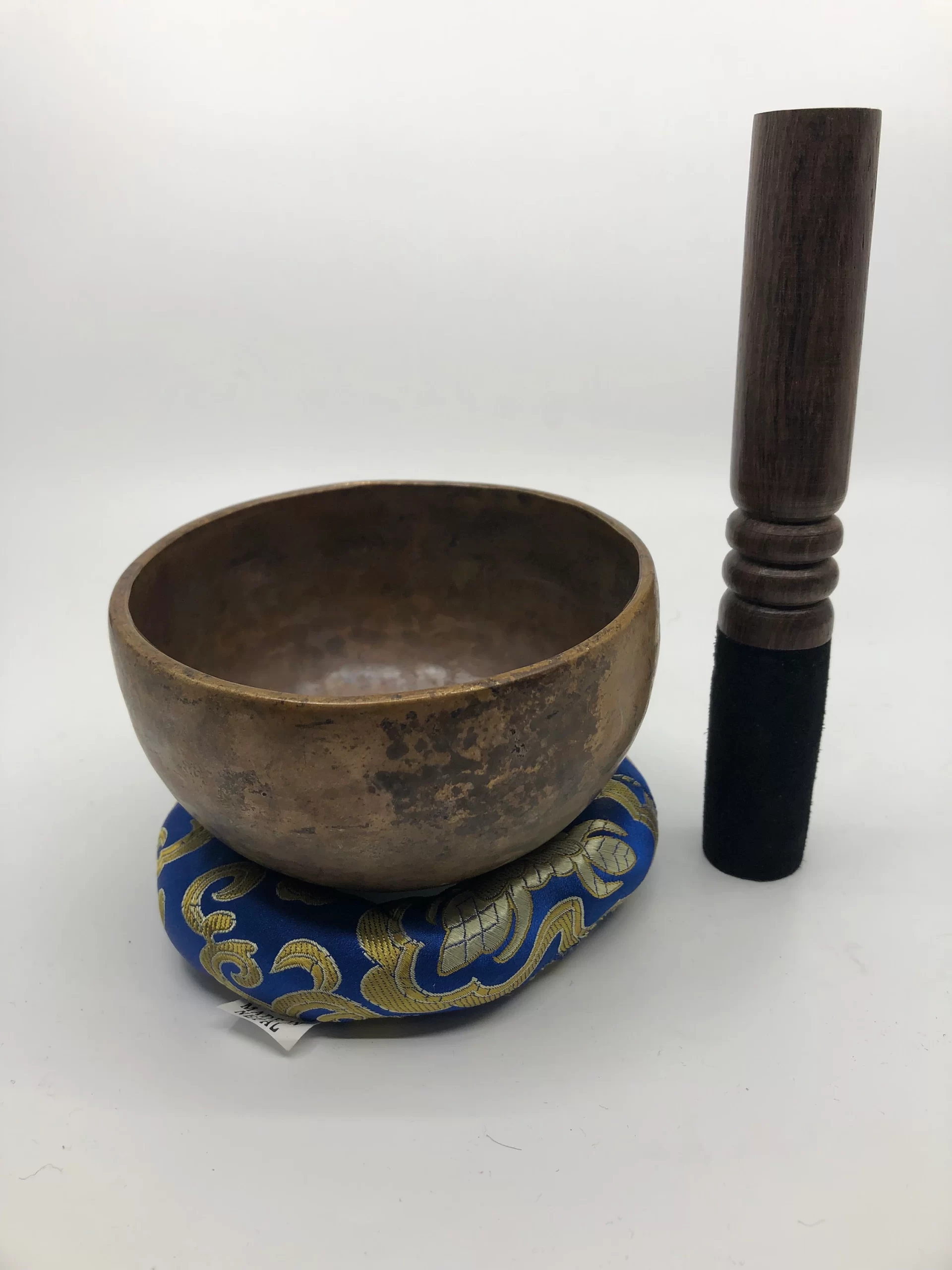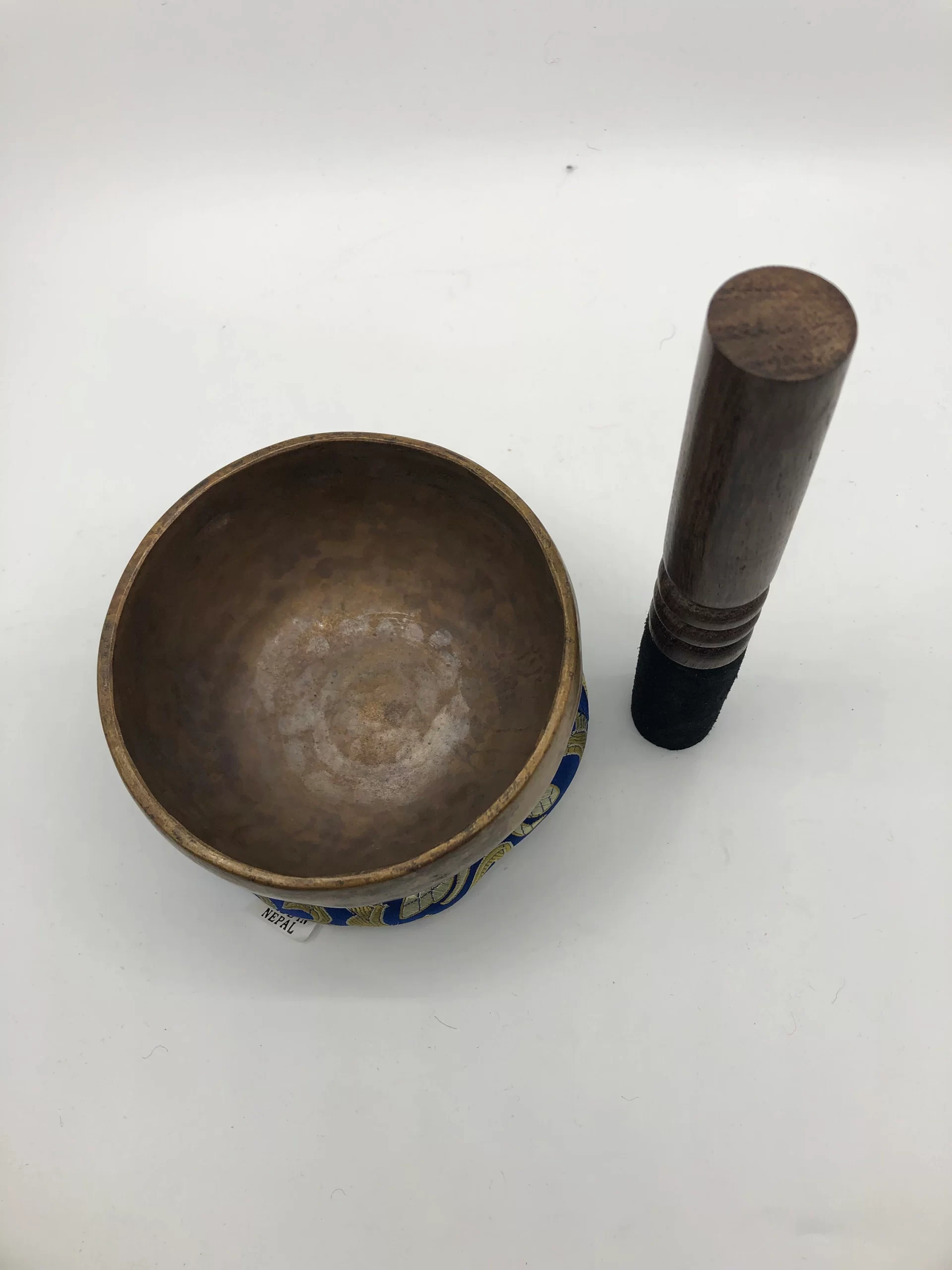About Singing Bowls
According to Tibitan oral tradition the existence of singing bowls can be traced back to the time of the historical Shakyamuni Buddha and this tradition, originated in Tibet, found its way to Himalayan in the 8th Century A.D. along with the teachings of the Buddha.
Singing bowls produce sounds which invokes a deep state of relaxation which naturally assists one in entering into mediation. Most people experience the sound vibration of singing bowls as very soothing and calming, which is way singing bowls are widely used for relaxation exercises and meditation groups.
Tibitan tradition suggests the singing bowls are made of an alloy of seven different metals which consists of gold, silver, copper, brass , iron, tin, led and mercury. All these metals produce an individual sound, including harmonics and together these sounds produce the exceptional singing sound of the bowl. The actual proportions of the different metals vary in each bowl.
In addition to their traditional usage for meditation, Tibetan Singing bowls are used for holistic healing, stress reduction and chakra balancing. The rich blend of harmonic overtones which the bowls produce have a direct effect upon the ckakras and can be applied to adjust, restore and maintain personal harmony. Just as a well-tuned instrument caresses the ear, the singing bowl sound caresses the body, mind and soul.
Apart from the usage for personal healing and transformation, Singing bowls have a purely musical aspect as versatile instruments and the pleasure of playing and listening to them is paramount. Singing bowls can be played in combination with all sorts of instruments, and many musicians use them in there performances and in there recordings in jazz, hip-hop, film scores and many forms of world music.
Showing 1–16 of 35 results
Hand Made Singing bowls 12cm, 10cm & 9cm sizes set from Nepal.
19, 16 and 15 Inches diameter sizes foot print singing bowls which is use for healing with standing inside the bowls.
Fullmoon singing bowl.
Diameter: 10 inches
Weight: 1100 g [excluding cushion and a mallet]
The package will include a Singing bowl, Cushion and a mallet
Handmade Made in Nepal.
Diameter: 21 cm
Handmade, and Hand carved in Nepal.
Diameter: 19 cm
Handmade, and Hand carved in Nepal.
Diameter: 18 cm
Handmade, and Hand carved in Nepal.
Diameter: 15 cm
Handmade, and Hand carved in Nepal.
Diameter: 32 cm
Weight: 3.447 kg [including cushion and a felt mallet]
The package will include a Singing bowl, Cushion and a mallet
Made in Nepal
Handmade, Hand carved
Diameter: 14 cm
Weight: 0.6 kg [excluding cushion and a mallet]
The package will include a Singing bowl, Cushion and a mallet
Made in Nepal
Handmade, Hand carved
Diameter: 22 cm
Weight: 1.9 kg [excluding cushion and a mallet]
The package will include a Singing bowl, Cushion and a mallet
Could not add the video with sound …. please contact us if you want to hear it’s sound before buying.
Made in Nepal
Handmade, Jumka Bowl
Diameter: 15.5 cm
Weight: 662g [excluding cushion and a mallet]
The package will include a Singing bowl, Cushion and a mallet
Made in Nepal
Handmade, Copper Plated
Diameter: 6.5 in
Weight: 895 g [excluding cushion and a mallet]
The package will include a Singing bowl, Cushion and a mallet
Made in Nepal
Handmade, Hand carved
Diameter: 20 cm
Weight: 1 kg [excluding cushion and a mallet]
The package will include a Singing bowl, Cushion and a mallet
Made in Nepal
Handmade, Hand carved
Diameter: 23 cm
Weight: 1.3 kg [excluding cushion and a mallet]
The package will include a Singing bowl, Cushion and a mallet
Made in Nepal
Handmade, Hand carved
Diameter: 6 Inch
Weight: 0.6 kg [excluding cushion and a mallet]
The package will include a Singing bowl, Cushion and a mallet
Made in Nepal
Handmade, Hand carved
Diameter: 12 cm
Weight: 412 g [excluding cushion and a mallet]
The package will include a Singing bowl, Cushion and a mallet
Hand Made in Nepal.
No products were found matching your selection.

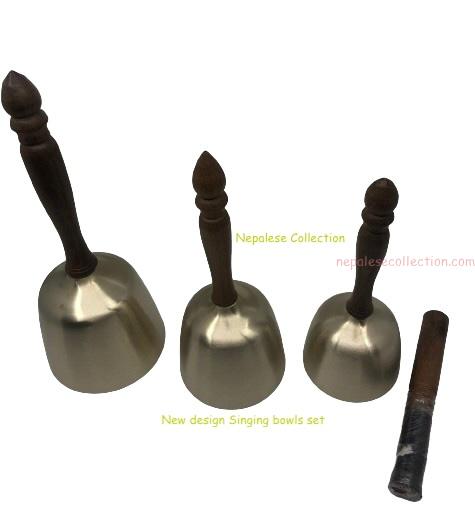

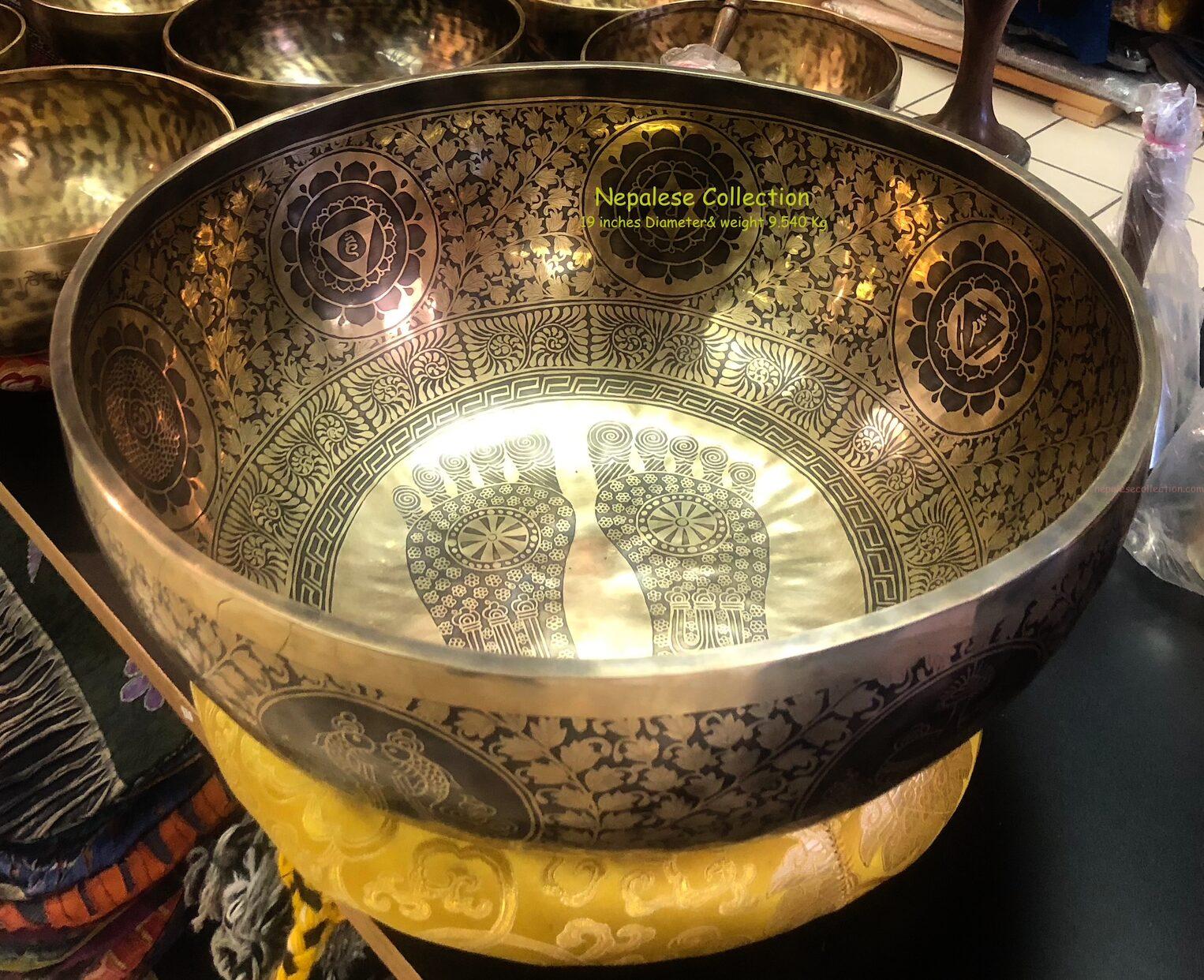
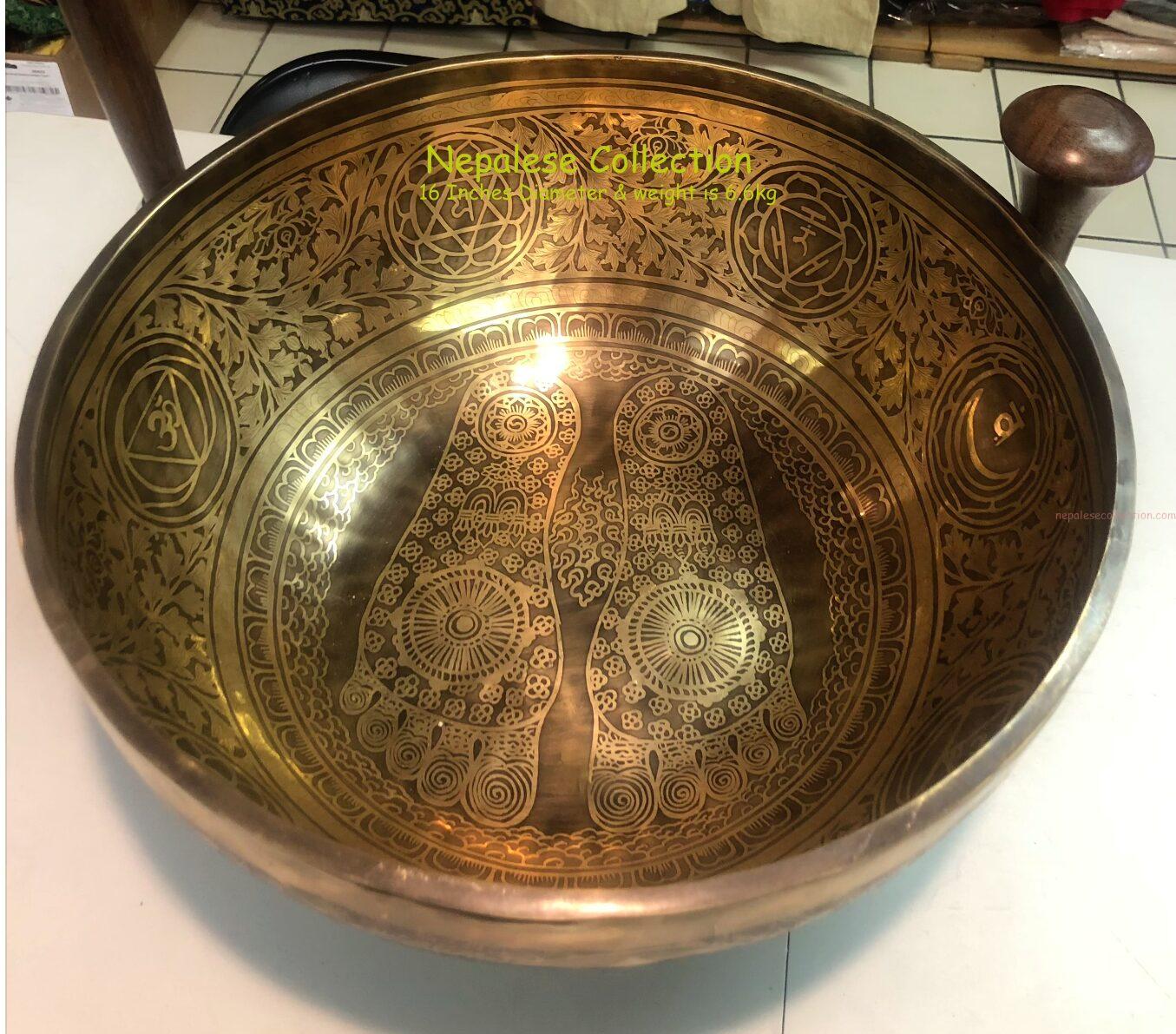


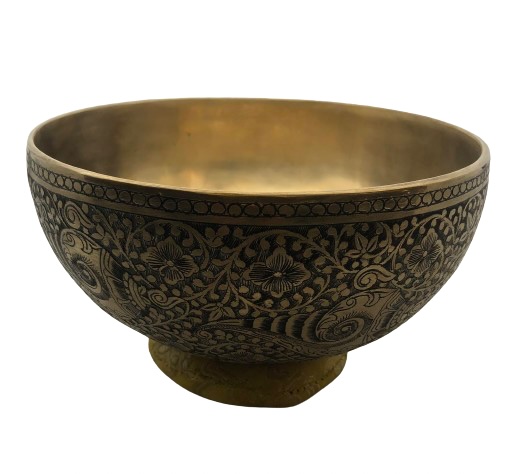
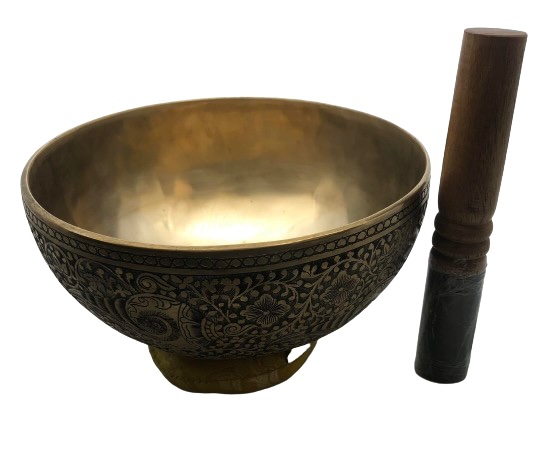
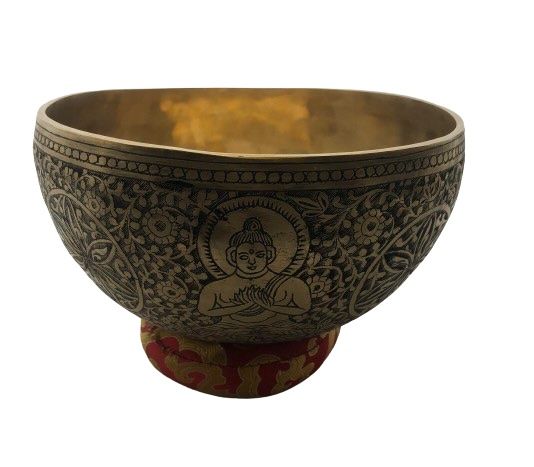
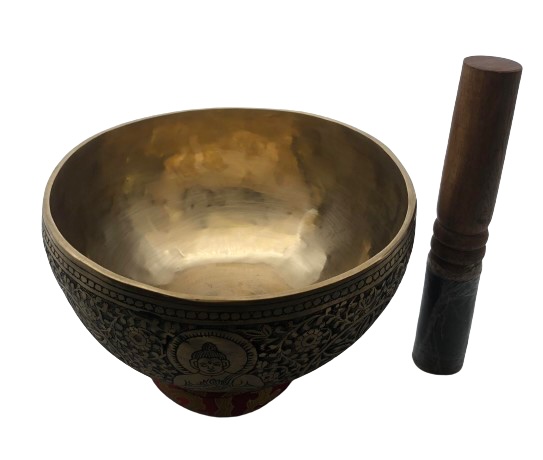
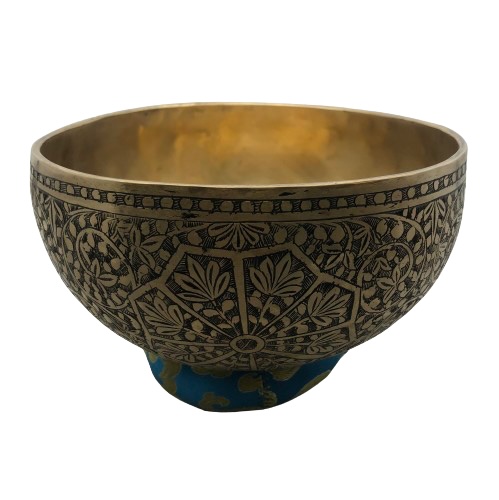
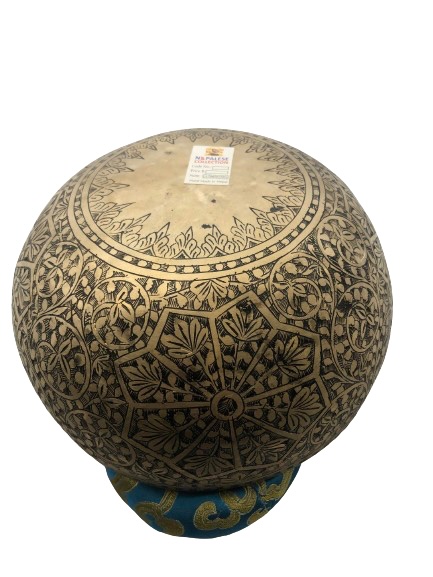
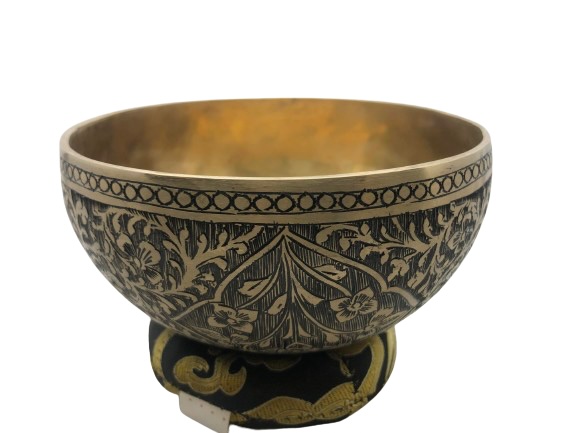
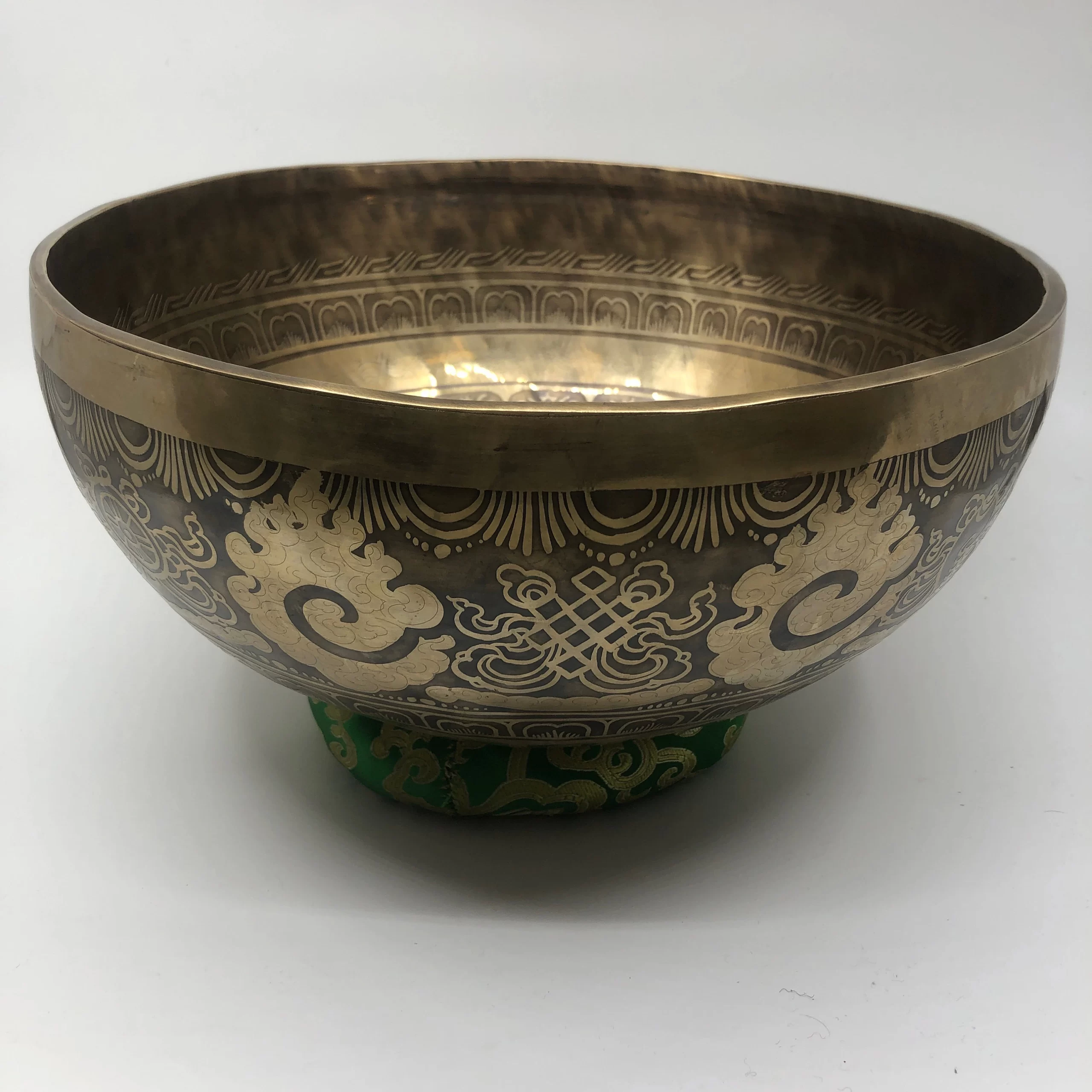
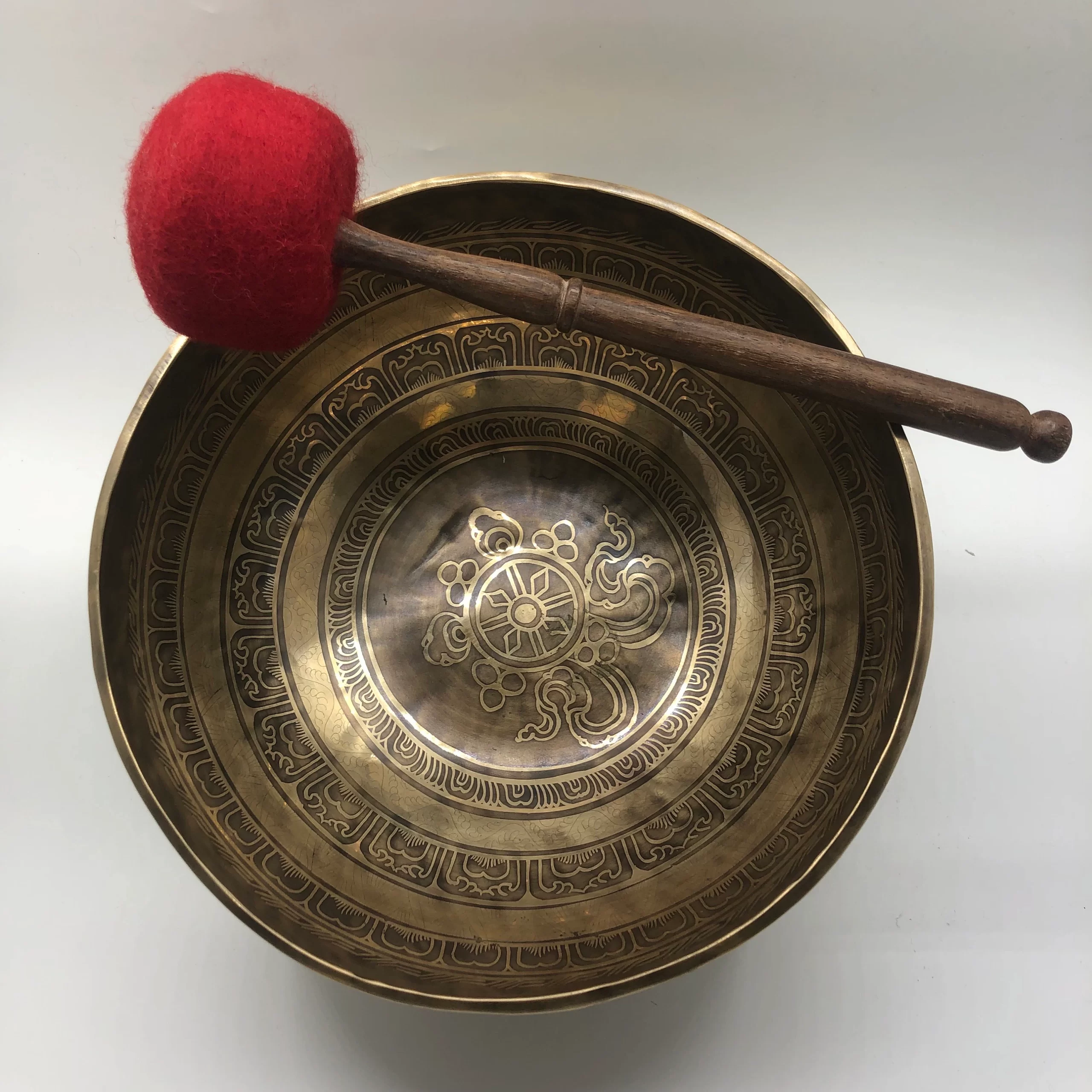
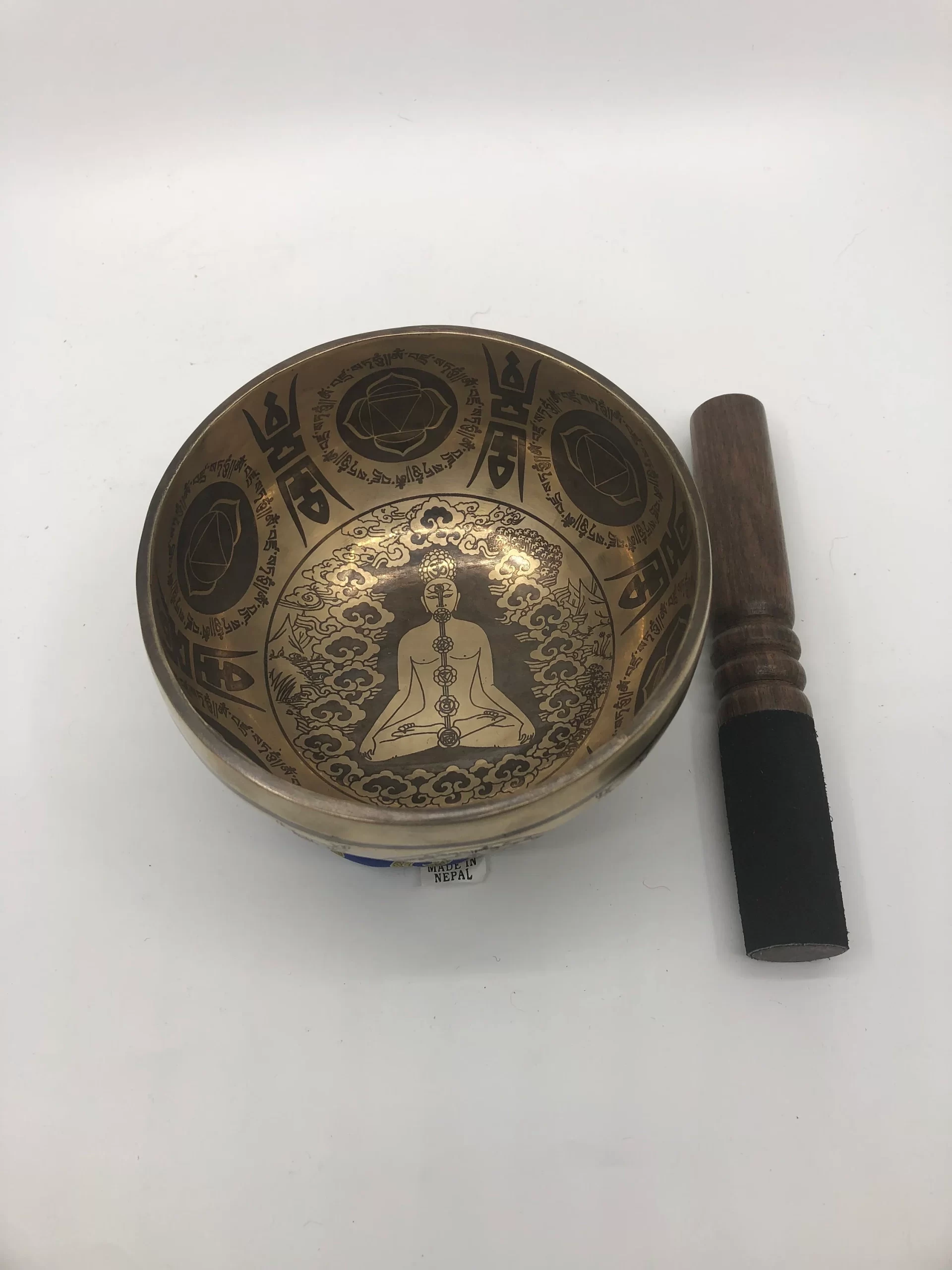
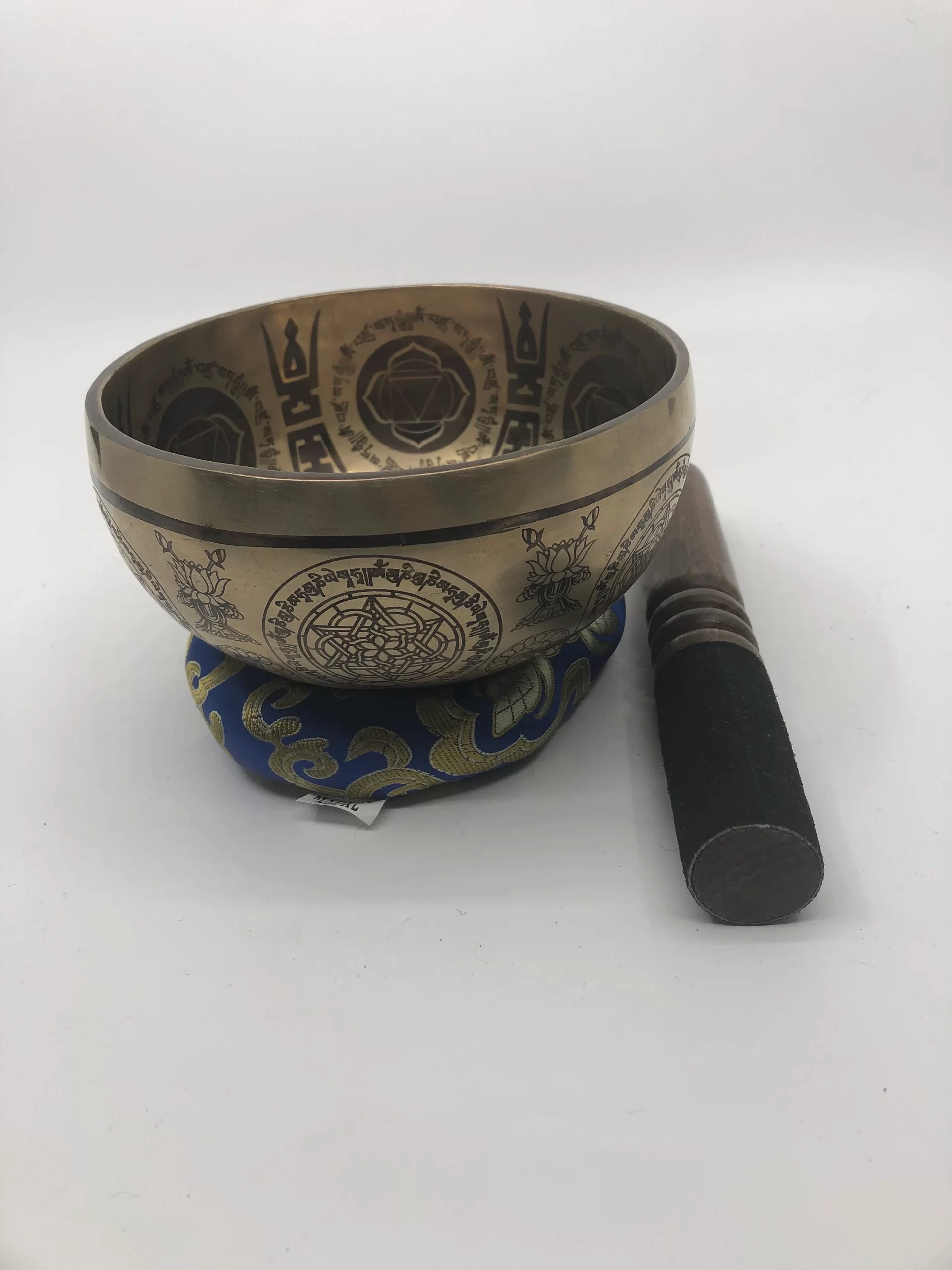
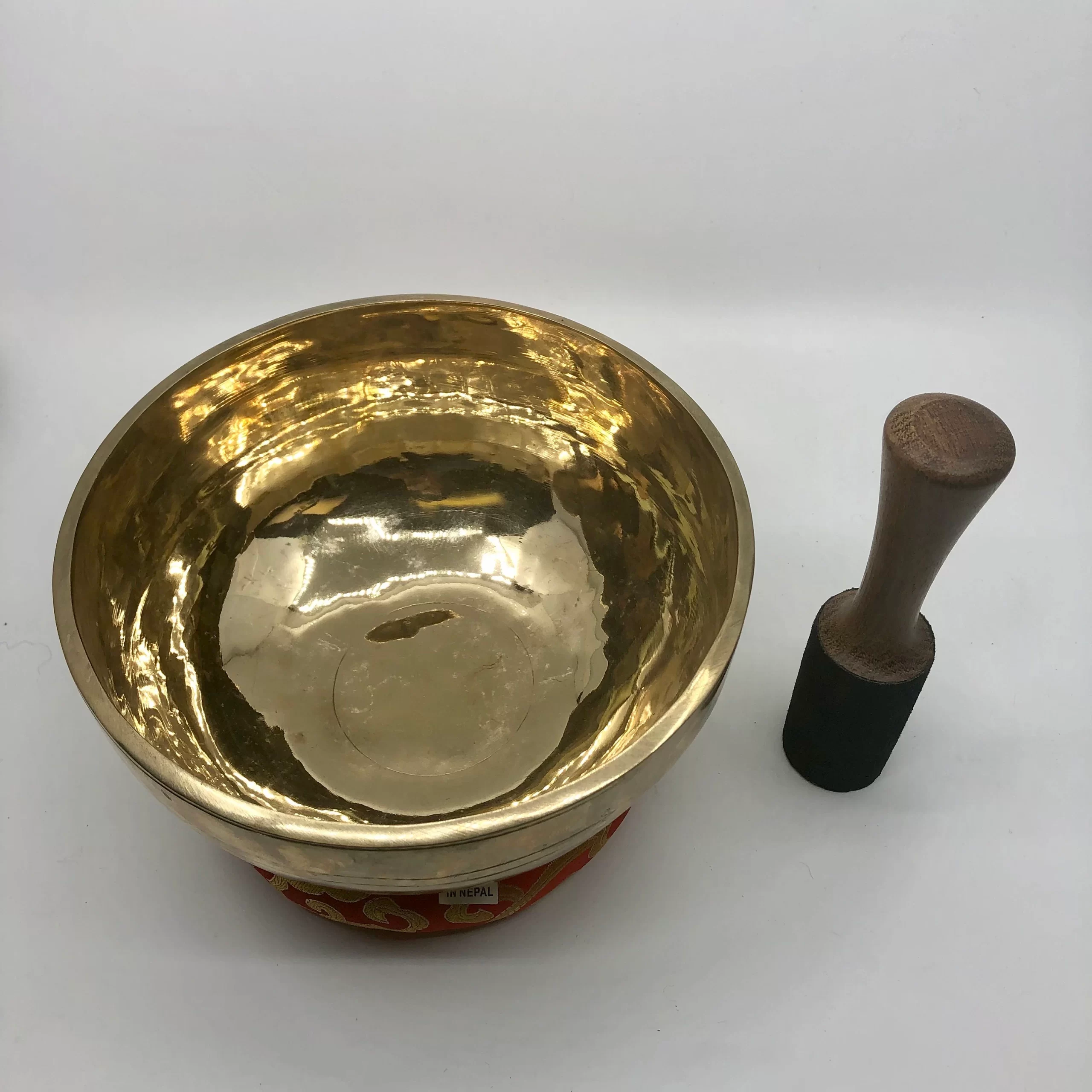
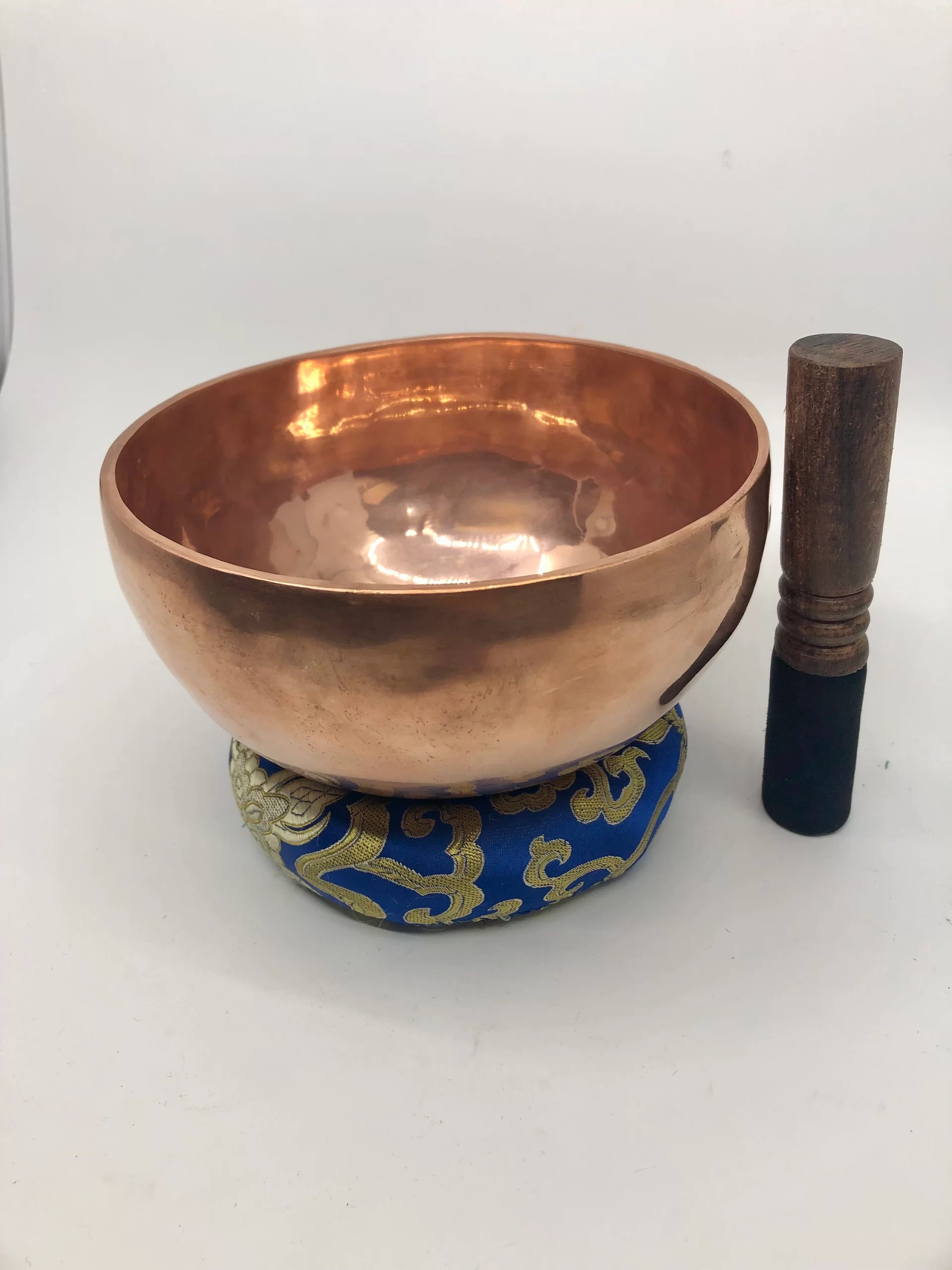
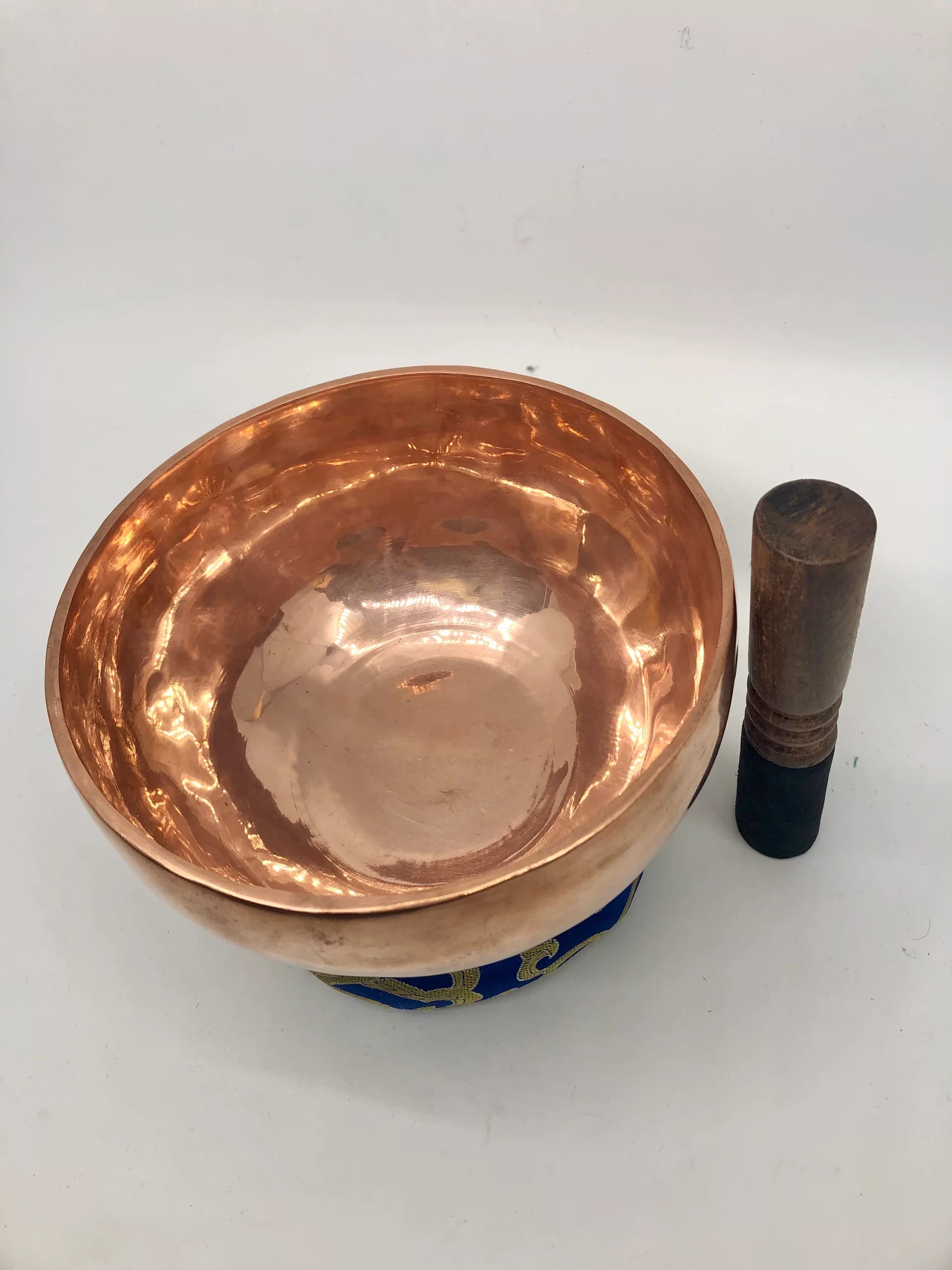
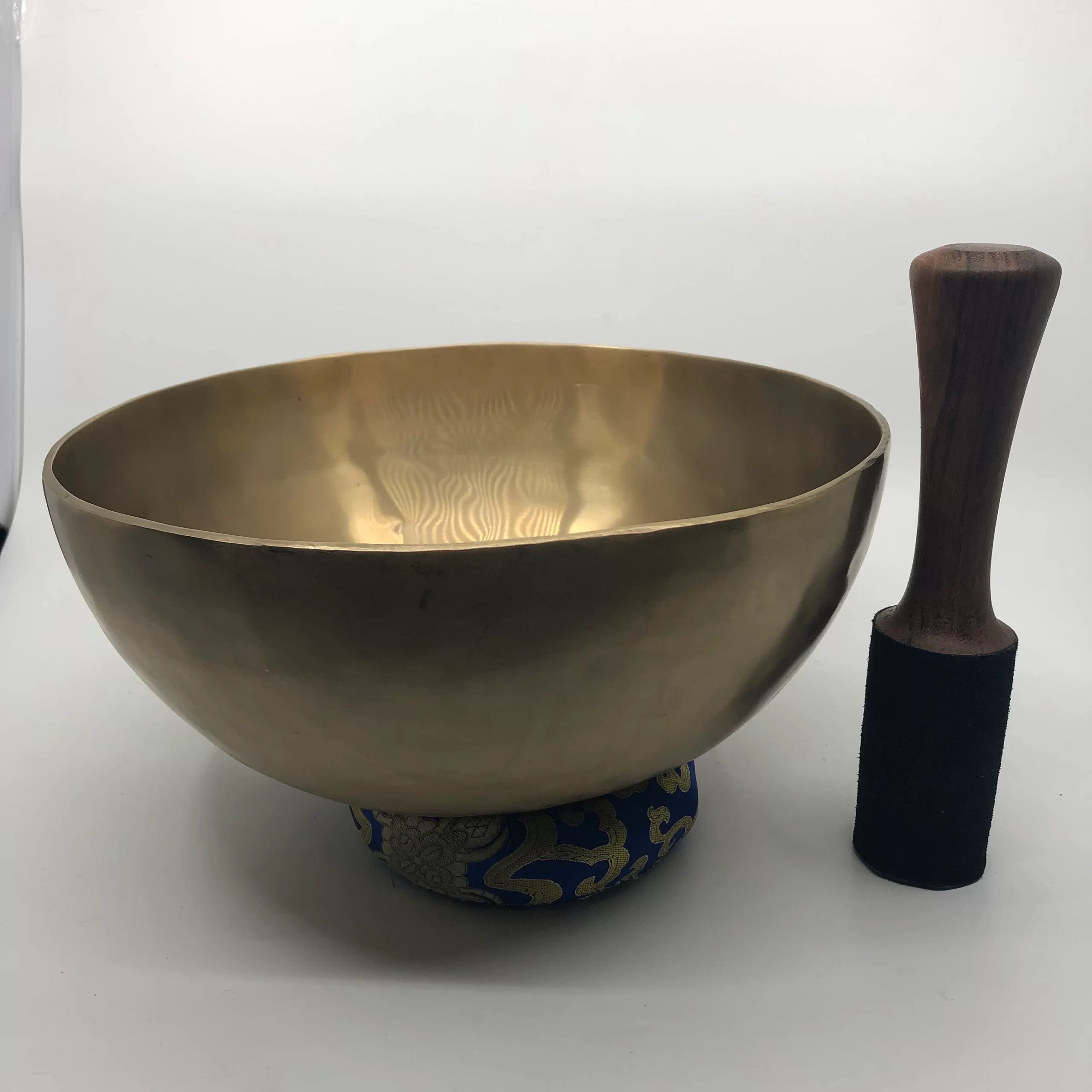
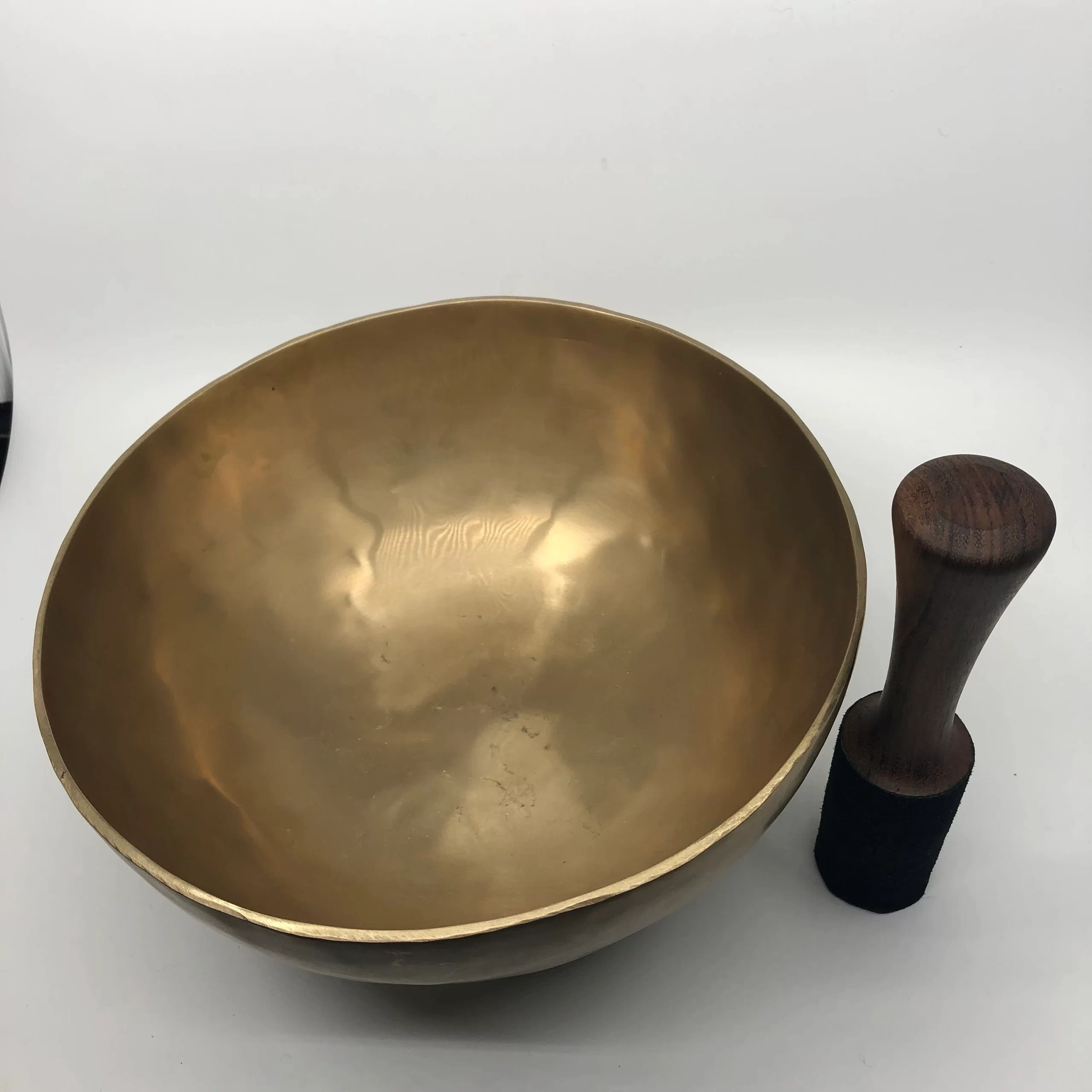
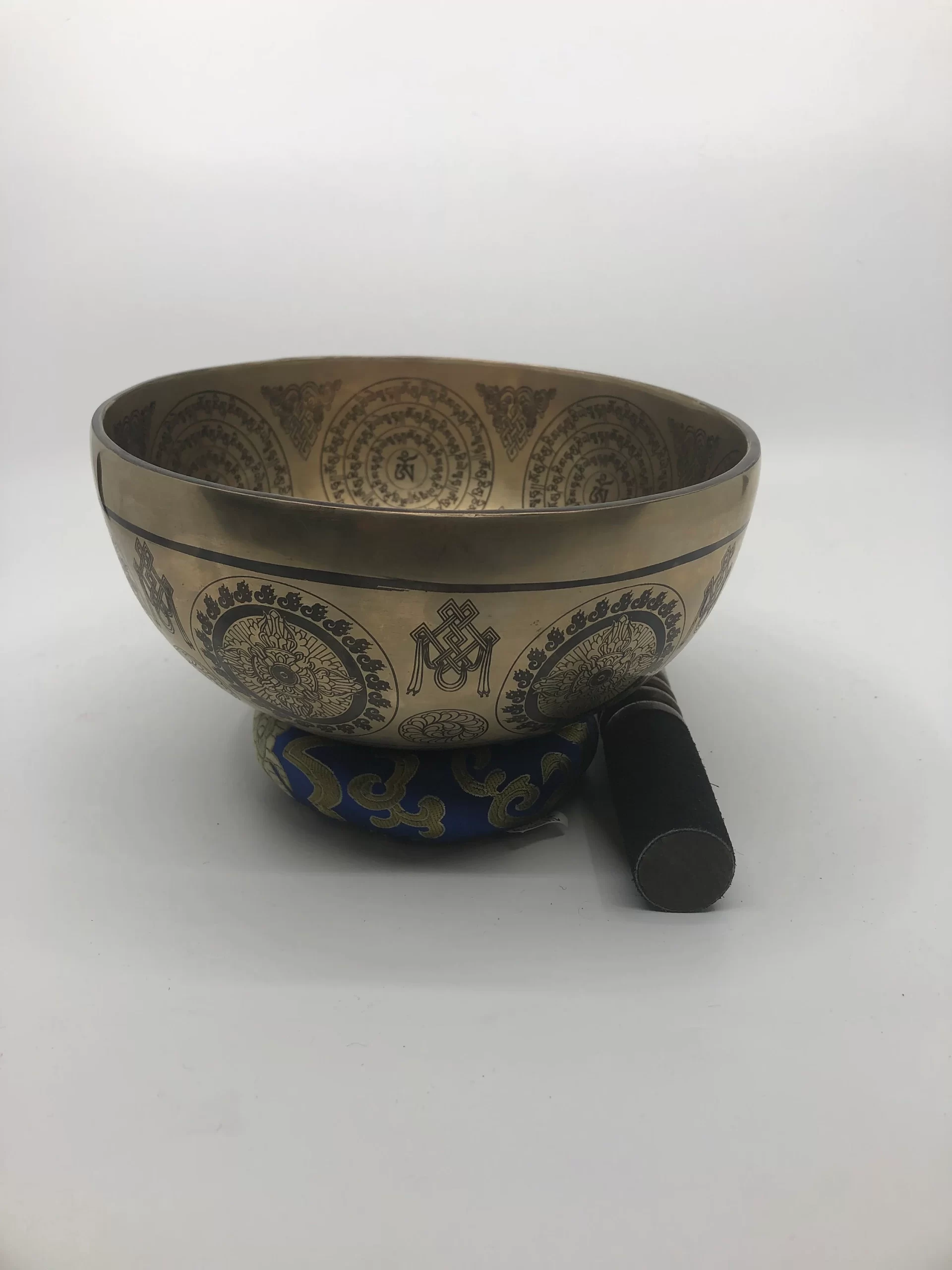
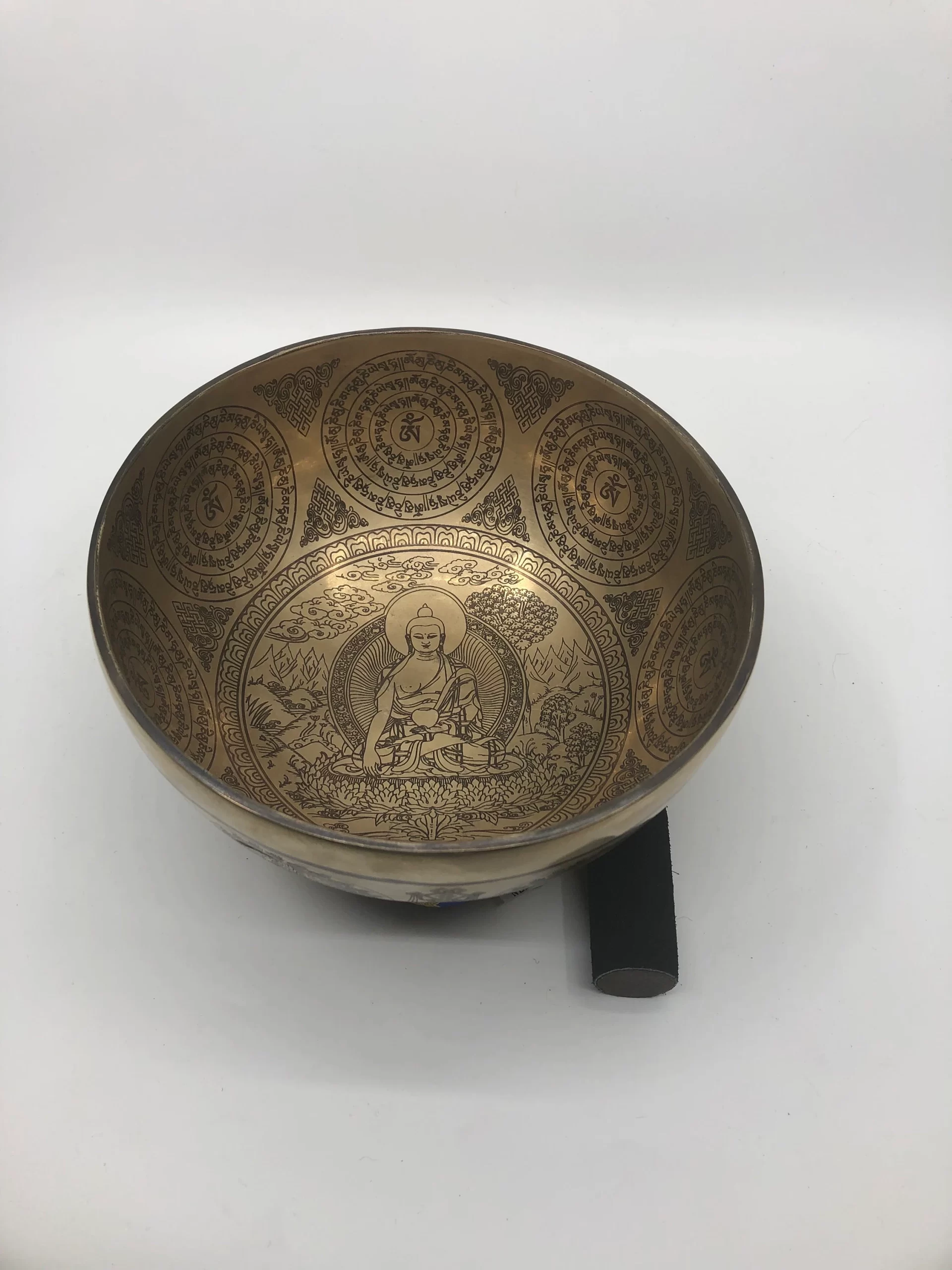
![Diameter: 23 cm Weight: 1.3 kg [excluding cushion and a mallet] The package will include a Singing bowl, Cushion and a mallet Made in Nepal Handmade, Hand carved](https://nepalesecollection.com/wp-content/uploads/2023/07/NCSB1601-scaled.webp)
